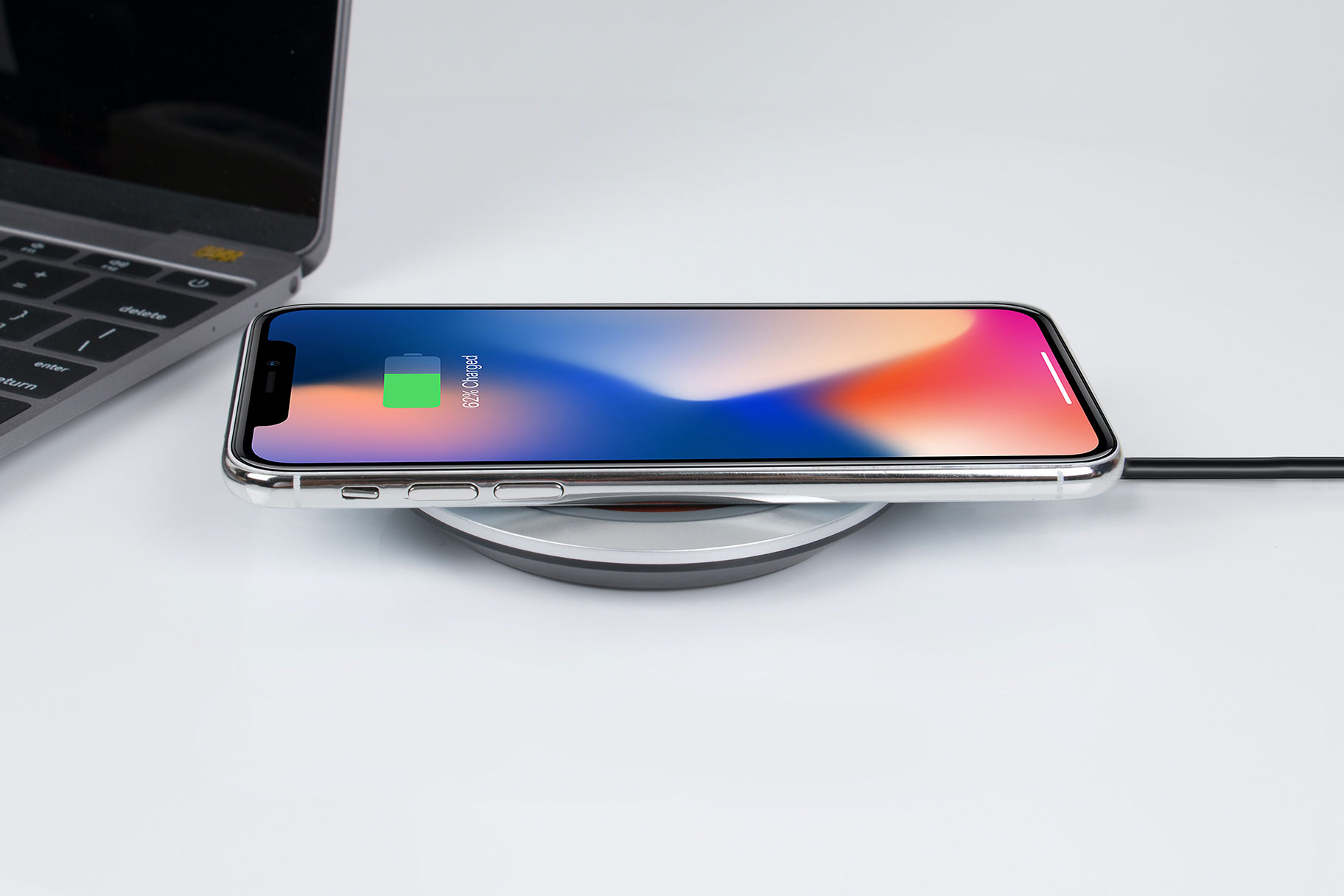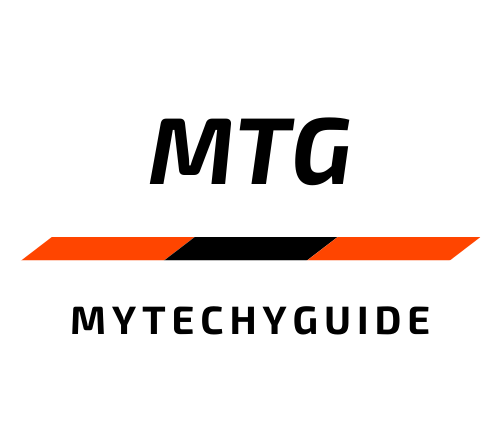Today, almost everyone has lots of gadgets that need to be charged regularly. And there is no one-size-fits-all solution that fits all sockets – you have to use several cables, which aren’t always convenient to store and take with you. But there is a great alternative in the form of wireless charging.

Let’s find out more about it.
What Is Wireless Charging?
It’s the transfer of electricity from the power source to the device without the need to connect a cable. To describe this technology, it’s necessary to recall the theory from the physics course: when an electric current appears in a conductor, a magnetic field is formed. Conversely, a changing magnetic field of sufficiently high strength creates a current in the conductor.
Initially, this method was considered outlandish. But over time, useful inventions emerged, and for quite a long time the principle of electromagnetic induction was used for data transfer, in particular in the military and aerospace industries.
The described technology reached the average consumer relatively recently. In 2008, Bombardier introduced a wireless charging system for electric vehicles. A year later, it was adapted by the Wireless Power Consortium for portable electronics. It was in 2009 that a unified standard, designated as Qi, appeared.
Also Read: best earphones under 1000 [ 14-mm driver high bass]
How Wireless Phone Charging Works?
The wireless charging technology used for mobile devices has two components. The main one is the charging platform, which includes an active induction coil. During power delivery, this element forms a weak magnetic field that spreads 5-10 cm. The second key component is the receiving station, which is located directly in the smartphone.
It’s a passive induction coil – a frame with wound copper wire, having a certain length of coil. When it enters the magnetic field, an electric current begins to be generated, which is transmitted to the battery.
How to Use Wireless Charging Correctly?
The principle of operation is simple. It’s enough to put the device on the platform and make sure that it starts to replenish energy – this will be prompted by the indicator on the body of the docking station or on the mobile device itself. It’s recommended to adhere to several rules to make the operation of the gadget more convenient and efficient.
- Place the mobile device in the center of the coil of the charger as much as possible. If you move it to the side, the electronics will increase the power, as a result of which most of the energy will begin to dissipate into the air.
- Never place foreign objects underneath your charging smartphone. If they are not recognized by the security system, the platform can melt.
- It’s necessary to make sure that the parameters of the induction coil, power supply and wire match each other. If the bandwidth is insufficient, one of the links in the circuit may burn out.
- If your smartphone has reversible wireless charging, it should be placed on the platform separately from other devices. The fact is that, giving energy and receiving it at the same time, the device can overheat in a few minutes.
However, charging your phone and using it at the same time is hard. So, you should wait a bit before being able to enjoy casino online gambling or sending a message to your friend.
Standards
Qi
The most common standard for wireless charging. QI is supported by almost all popular smartphone manufacturers. Stations based on this standard typically deliver 5-15 watts of power. Phones typically support 5 watts or 7.5 watts, but there are also models that charge from 10-15 watts or more.
The charger only generates a field if a Qi-compatible device is detected. The standard helps avoid turning on the charger when other metal objects enter the field, which can heat up quickly – this ensures safe operation of the charger.
Rezence
It’s a promising, but uncommon option. Could be more convenient due to a longer charging distance. Rezence uses the effect of magnetic resonance, due to which energy can be transmitted over a distance even through obstacles, like books or pieces of furniture.
Stations that support this standard can be used to charge powerful devices, such as laptops.
Also Read: Best Bluetooth speakers under 5000 [ 100-watt output ]
MagSafe
The development of Apple, which considers the needs of the iPhone, smartwatches and headphones. The peculiarity of the charging puck is that it contains a ring of magnets that surround a regular coil. All this standard does is make it easier to combine the coils to get higher charging speeds.
As a result, the charging power for MagSafe goes up to 15 watts. The actual power that goes to the iPhone depends on the power adapter and the condition of the system.
